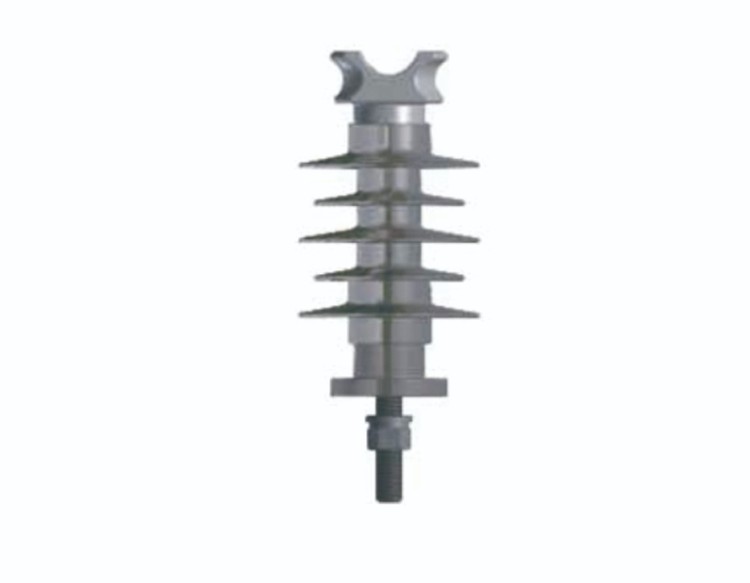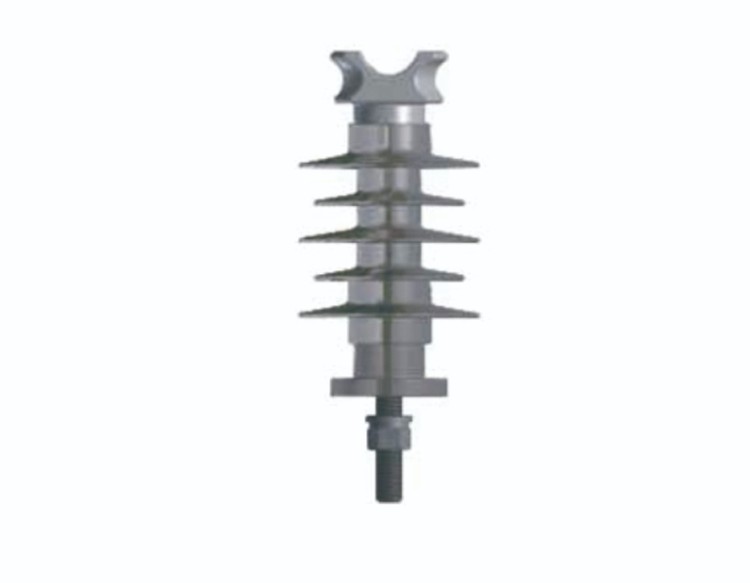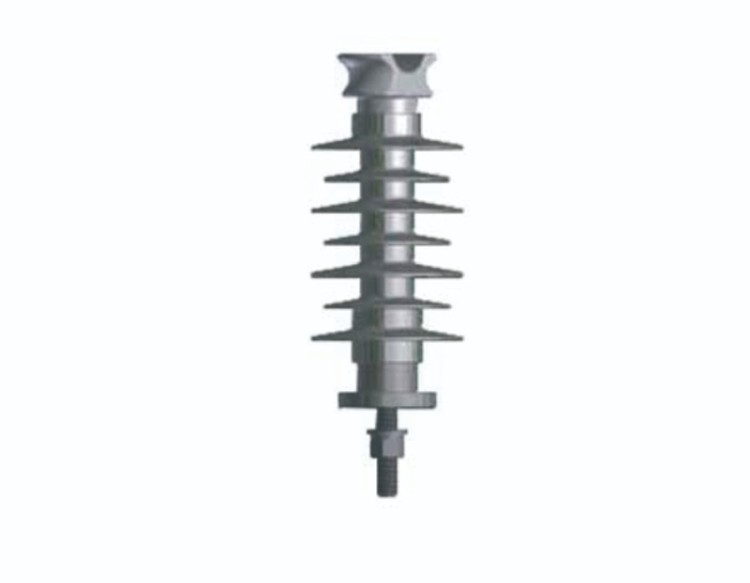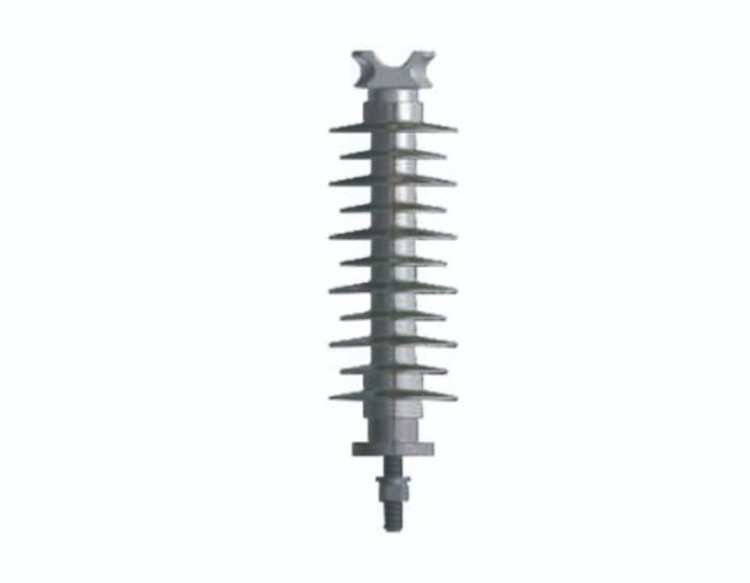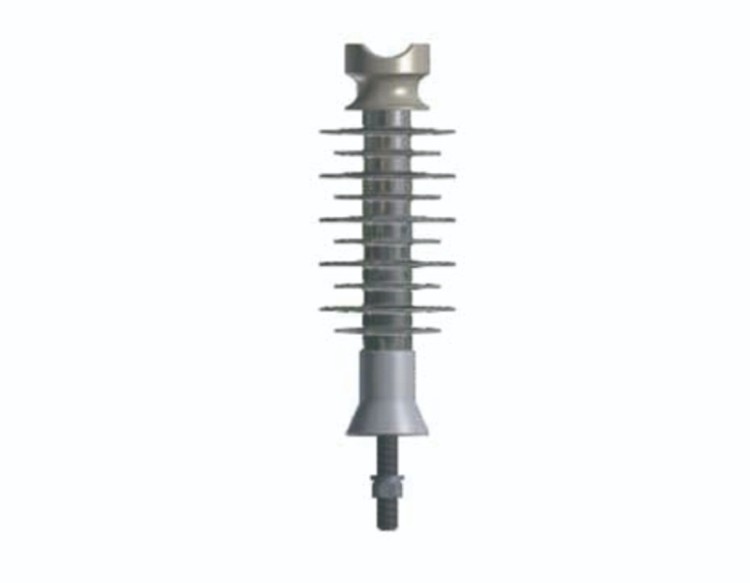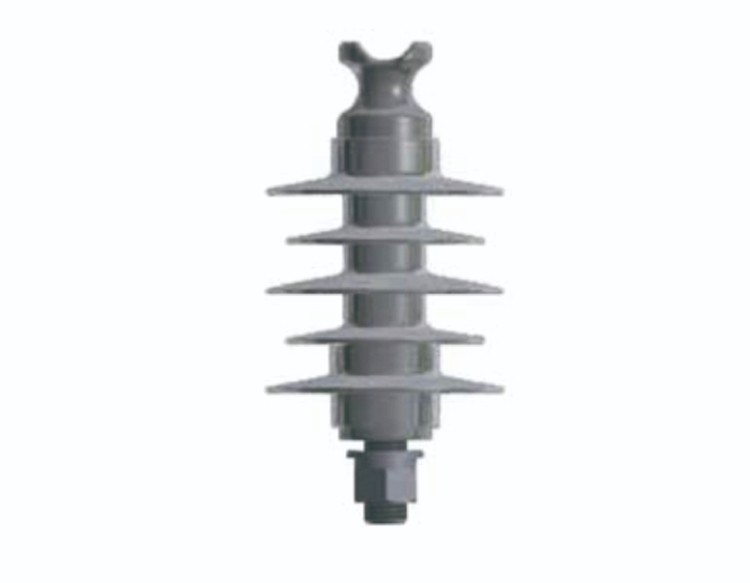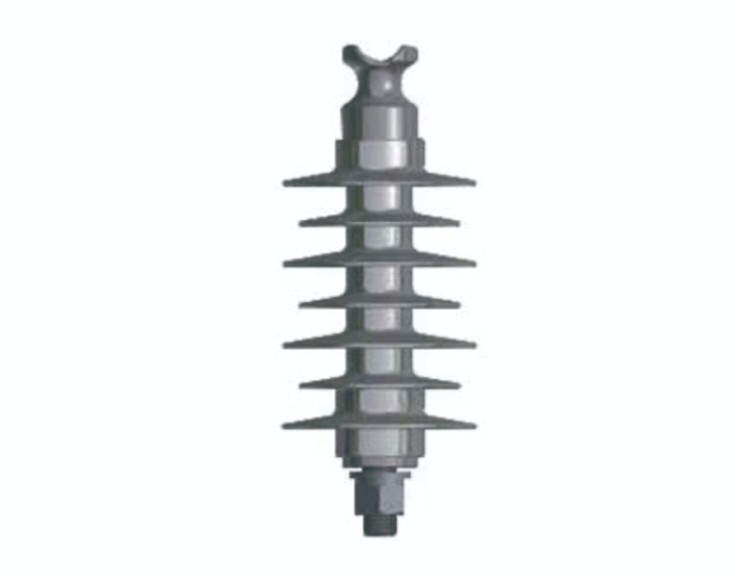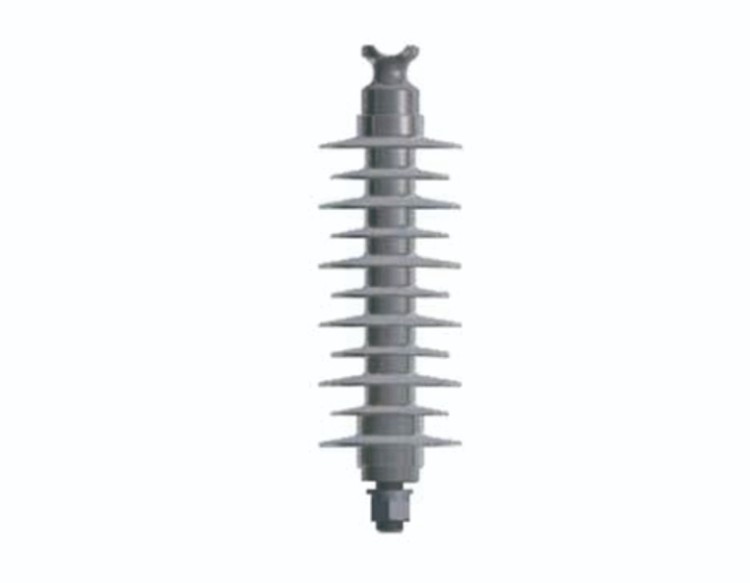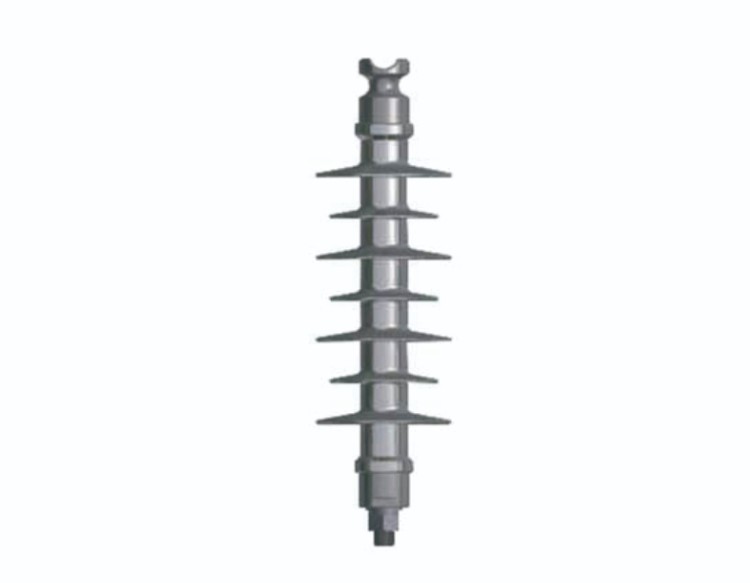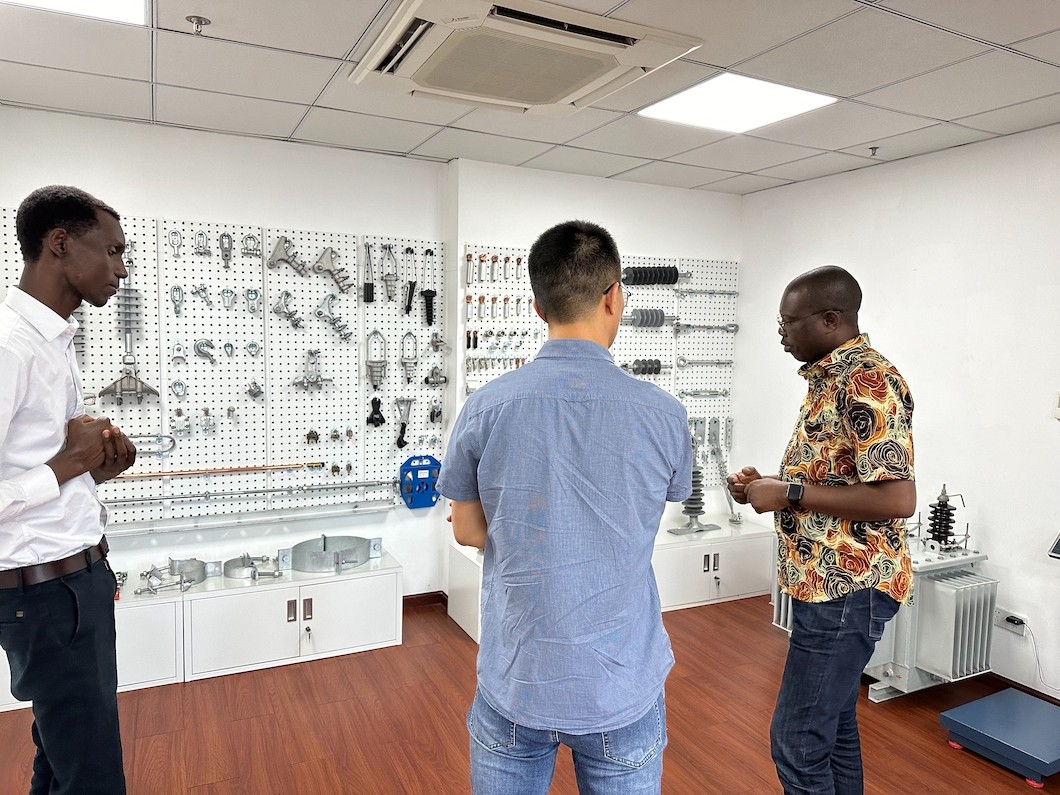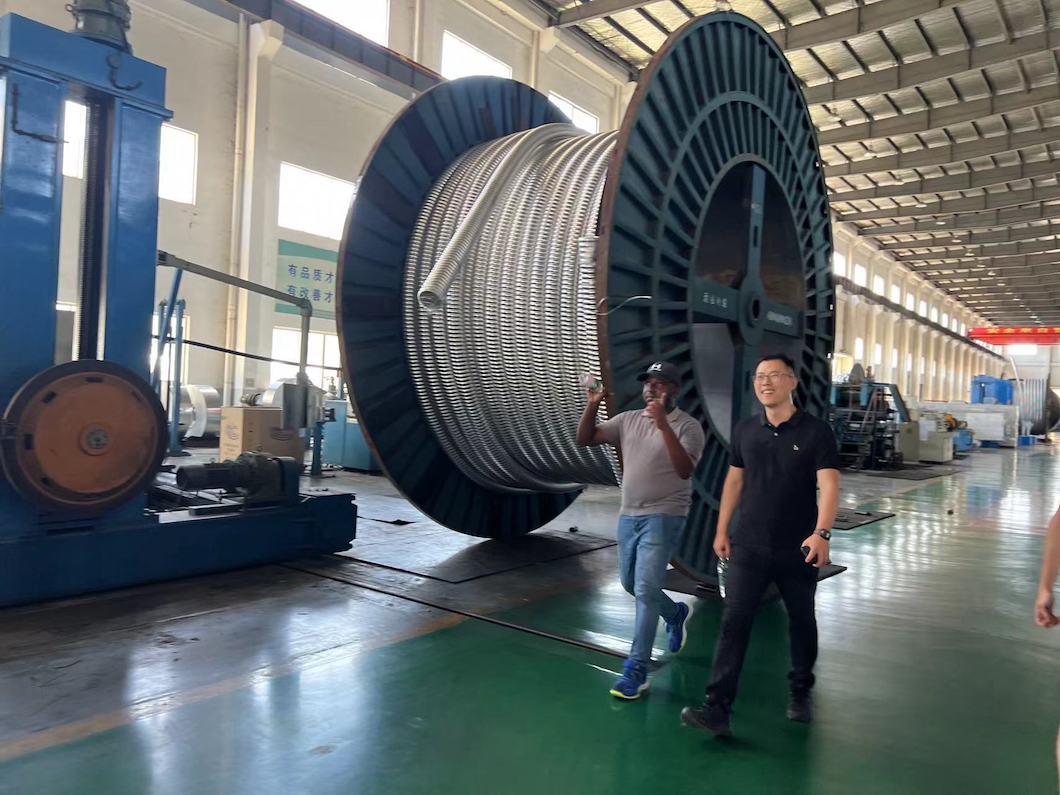| Spec&Type | Rated voltage (KV) | Rated mechanical tensionload (KN) | Structure height (mm) | Min arc distance (mm) | Minnominal creepage distance (mm) | Full wave lightning impulse withstand voltage (kV) | 1min power frequency wet withstand voltage |
| FPQ-12/12.5M20-230 | 12 | 12.5 | 230 | 146 | 440 | 75 | 42 |
| FPQ-24/12.5M20-280 | 24 | 12.5 | 280 | 196 | 600 | 125 | 55 |
| FPQ-36/8M20-380 | 36 | 8 | 380 | 296 | 960 | 170 | 70 |
| FPQ-36/10M16-376 | 36 | 10 | 376 | 260 | 900 | 170 | 70 |
| FPQ-12/12.5T20-210 | 12 | 12.5 | 210 | 146 | 440 | 75 | 42 |
| FPQ-24/12.5T20-260 | 24 | 12.5 | 260 | 196 | 600 | 125 | 55 |
| FPQ-36/8T20-360 | 36 | 8 | 360 | 296 | 960 | 170 | 70 |
| FPQ-40.5/5T20-490 | 40.5 | 5 | 490 | 380 | 920 | 200 | 95 |
1.Material:It's made of a fiberglass rod covered with weather-resistant silicone rubber, offering high strength, lightweight, and excellent insulating properties.
2.Purpose:They are used in power transmission and distribution lines.
3.Advantages:
1)High Mechanical Strength: They can withstand high loads without damage.
2)Lightweight: Easier to handle and install compared to ceramic or glass insulators.
3)Excellent Insulation: High resistance to electrical current.
4)Weather Resistance: Perform well under extreme weather conditions.
5)Low Maintenance: Do not require frequent cleaning or maintenance.
6)Vandalism Resistant: Less prone to damage from vandalism due to their flexibility.









